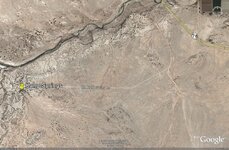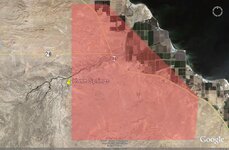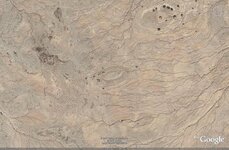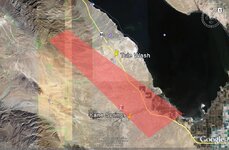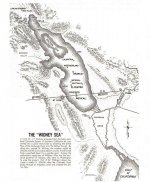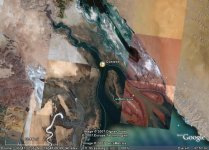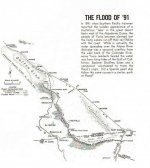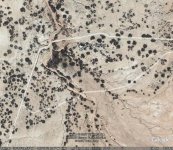Oroblanco
Gold Member
- Jan 21, 2005
- 7,841
- 9,850
- Detector(s) used
- Tesoro Lobo Supertraq, (95%) Garrett Scorpion (5%)
Interesting letter Mike, wish I had found that one. I had not thought to check in the letters to the editor parts of the various treasure hunting magazines, really there is a whole archive of material I now have to go back through!
Roy ~ Oroblanco
Roy ~ Oroblanco


 Am I wrong
Am I wrong
